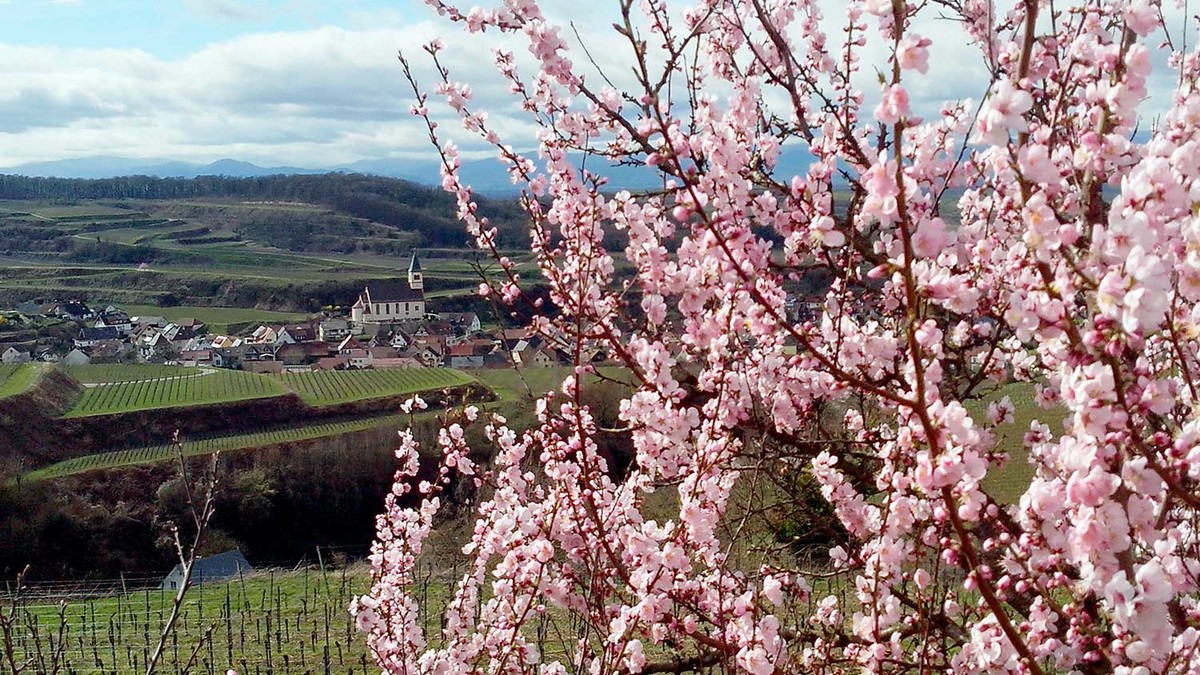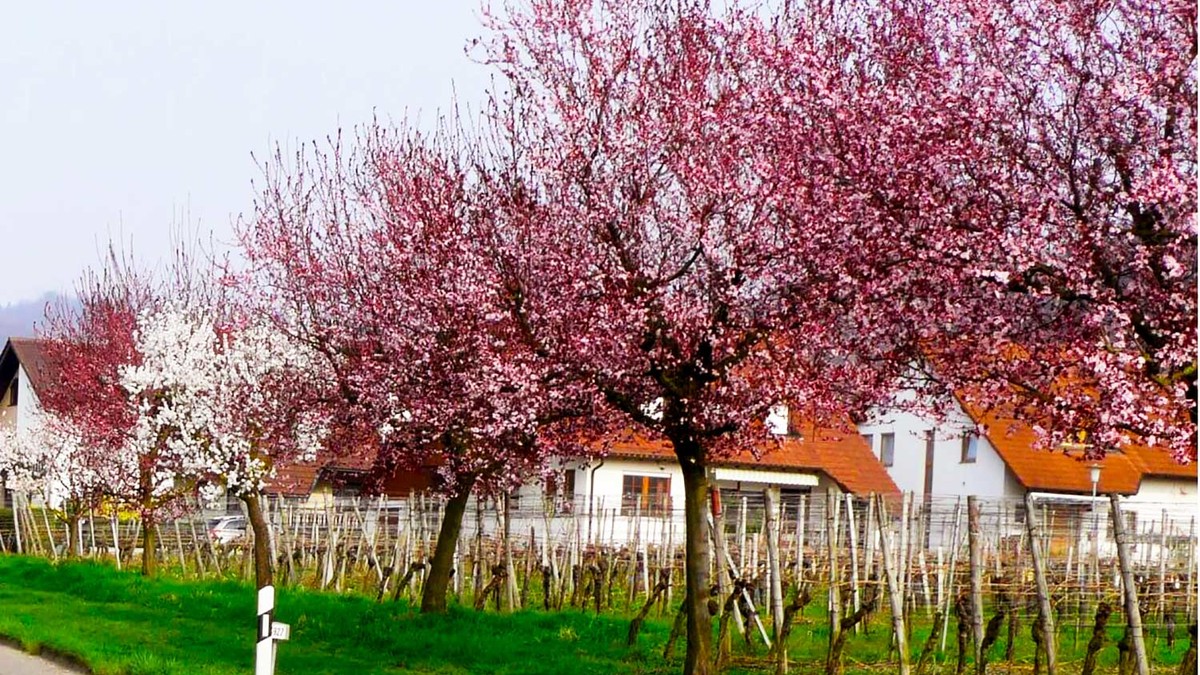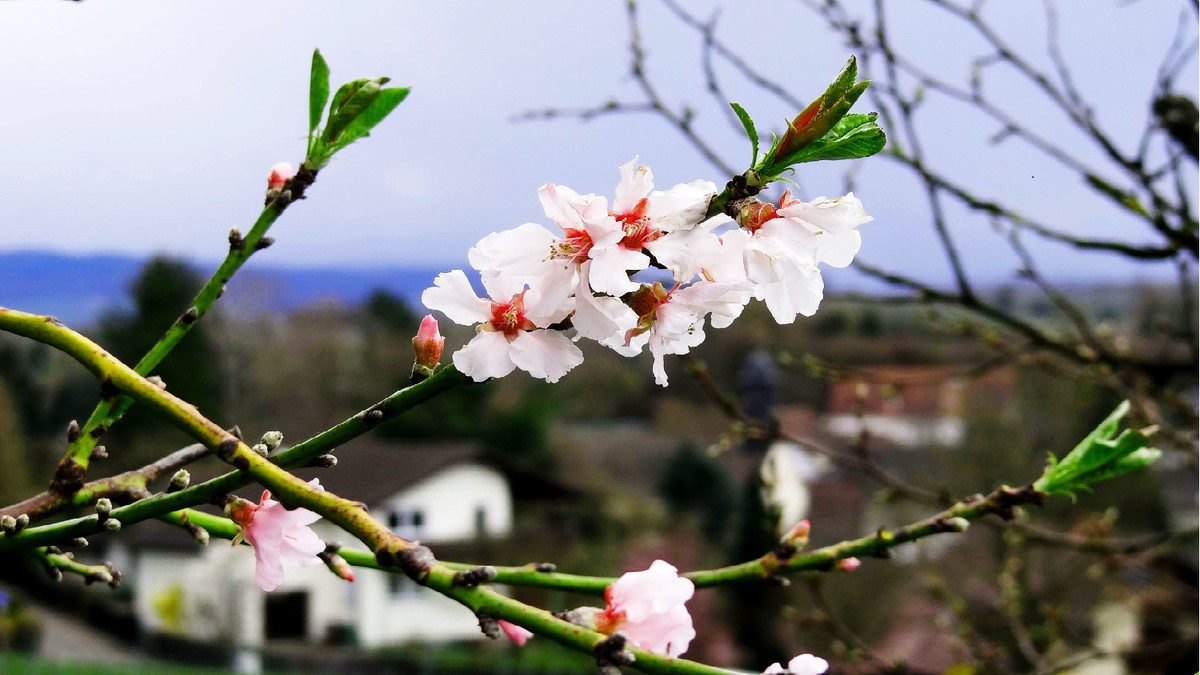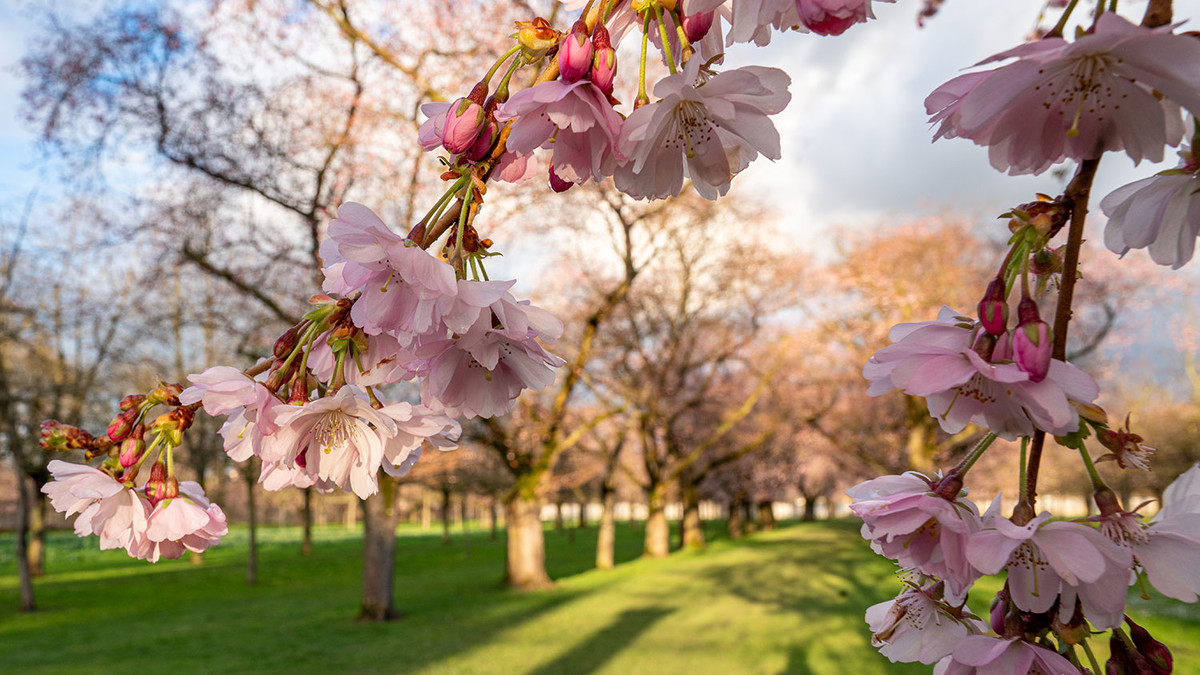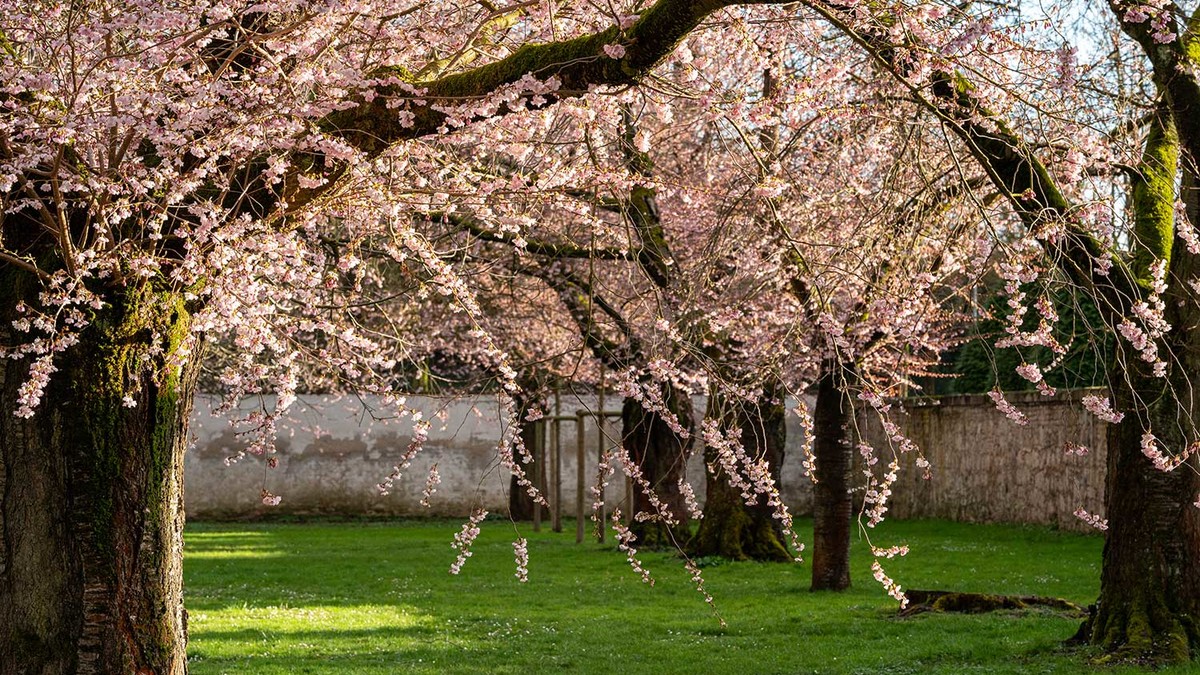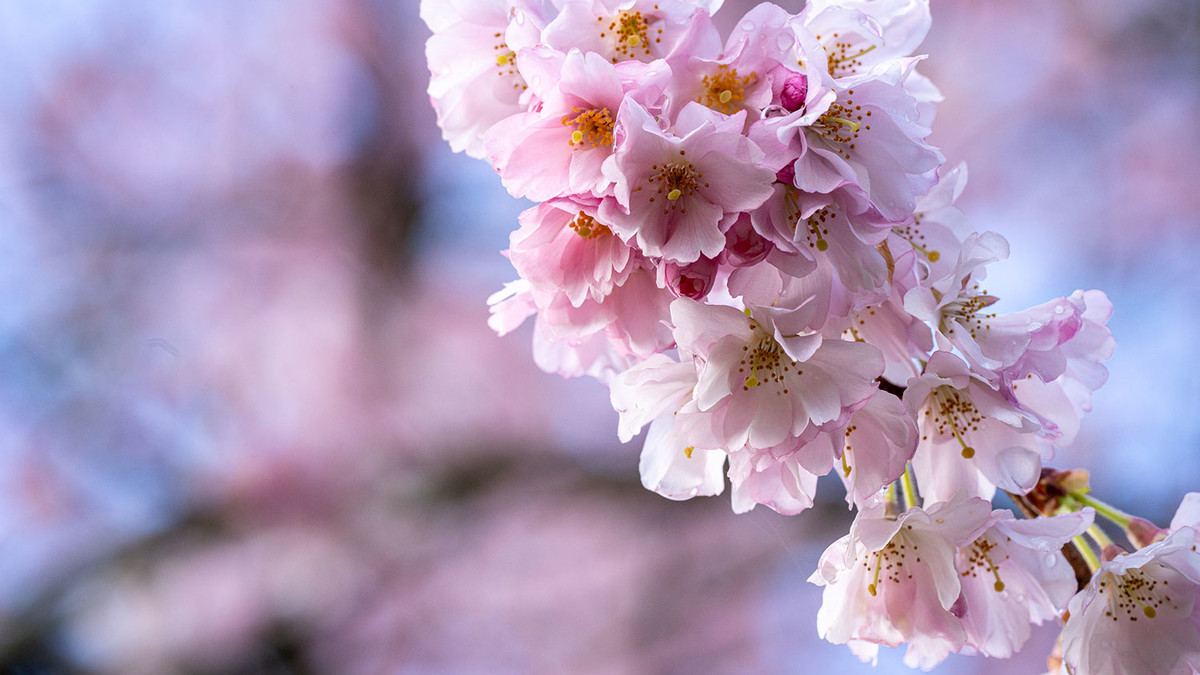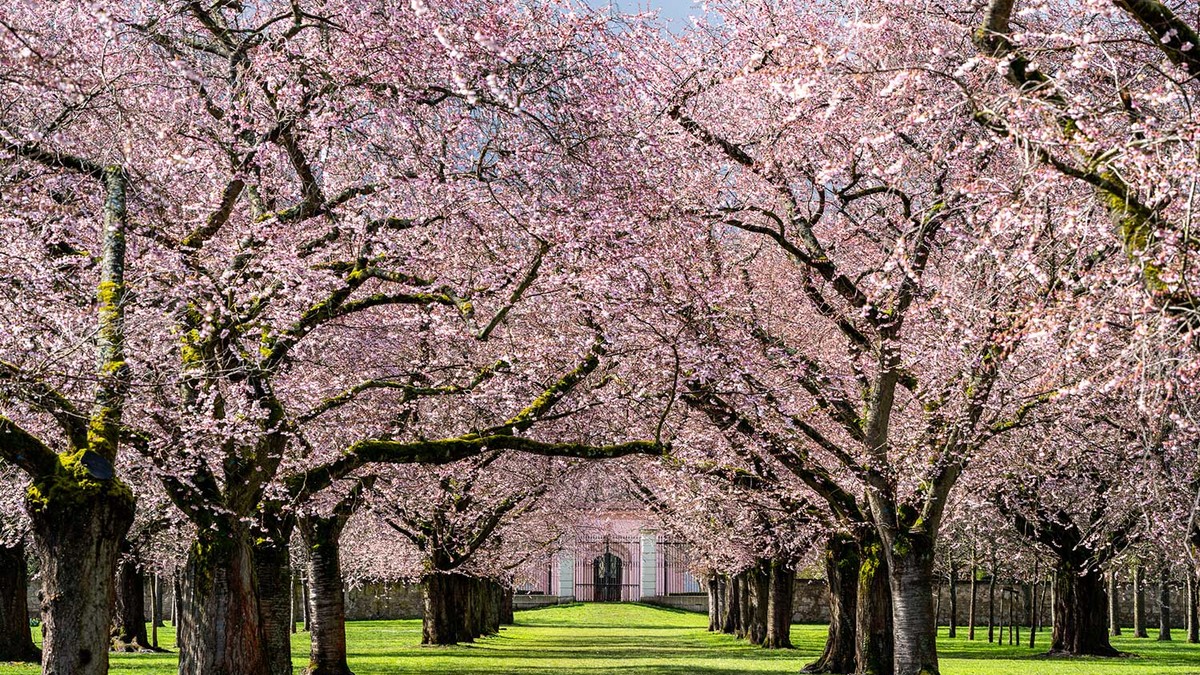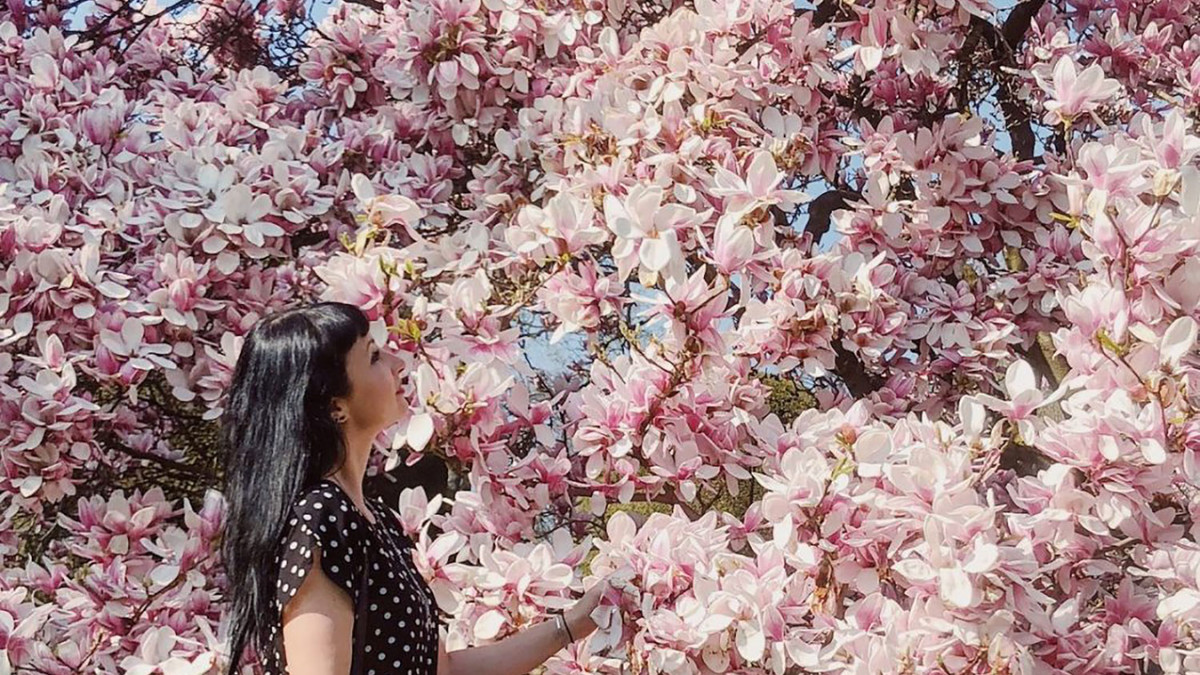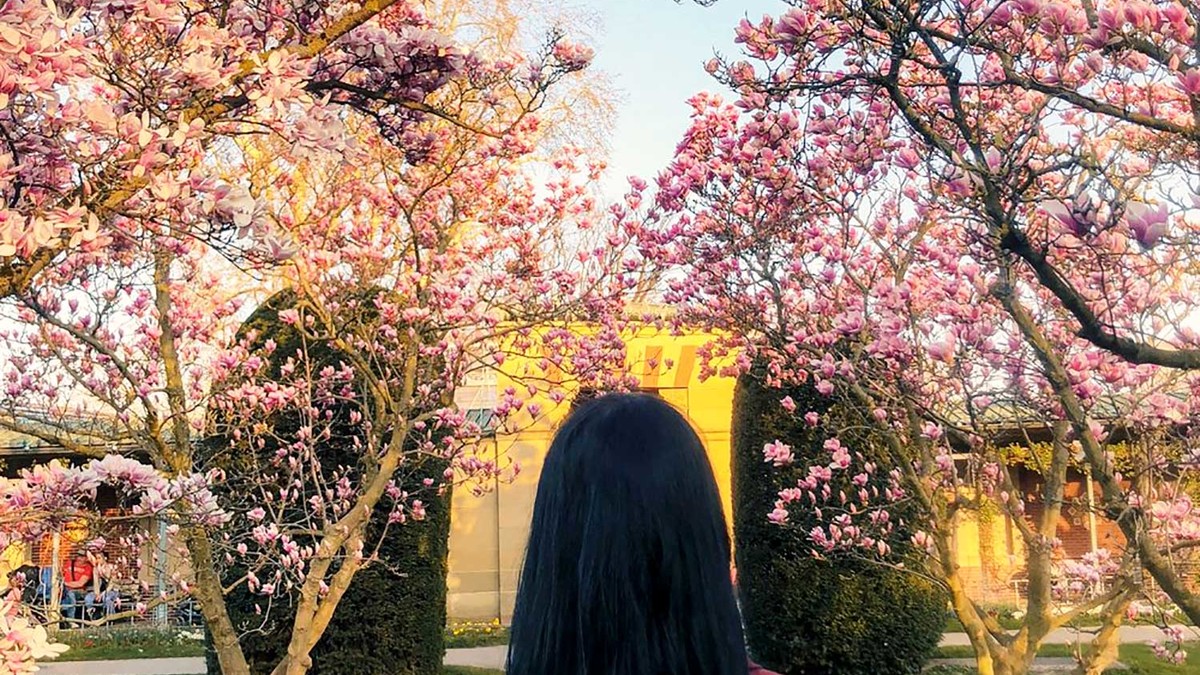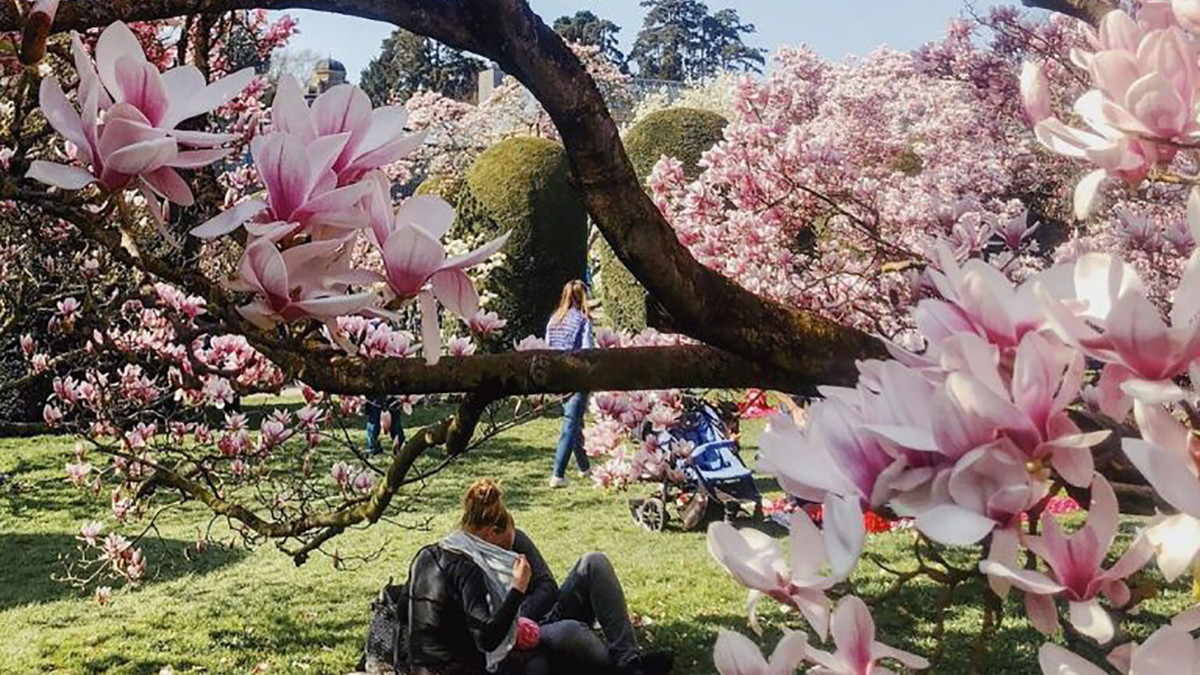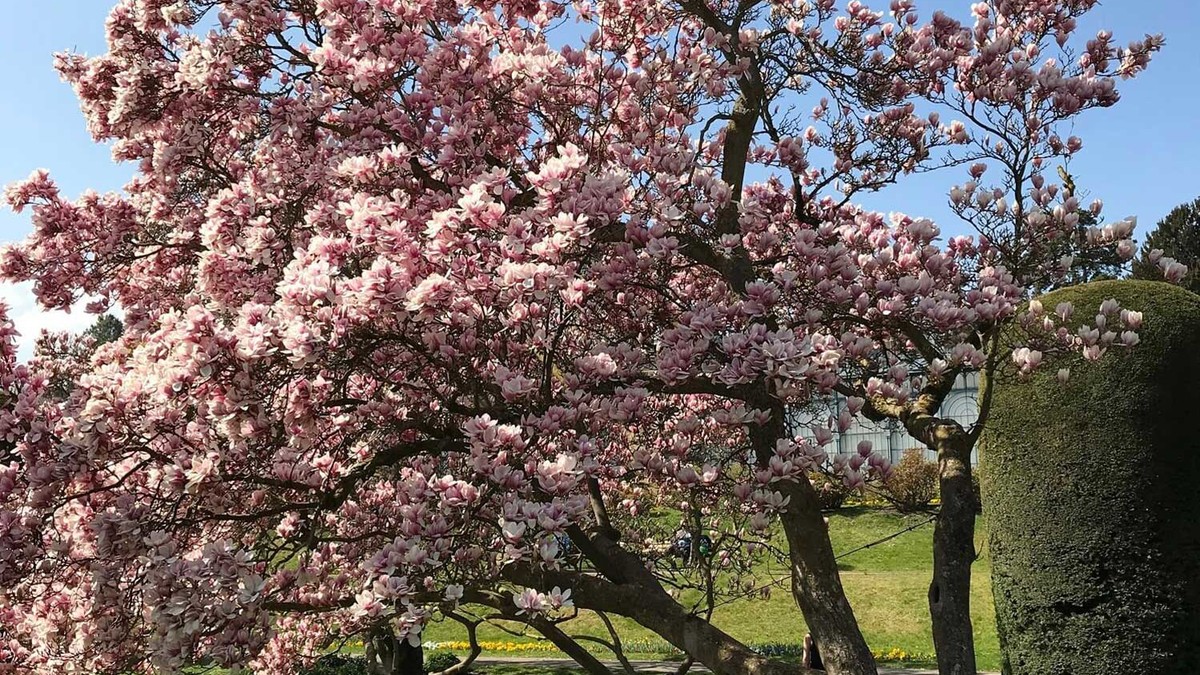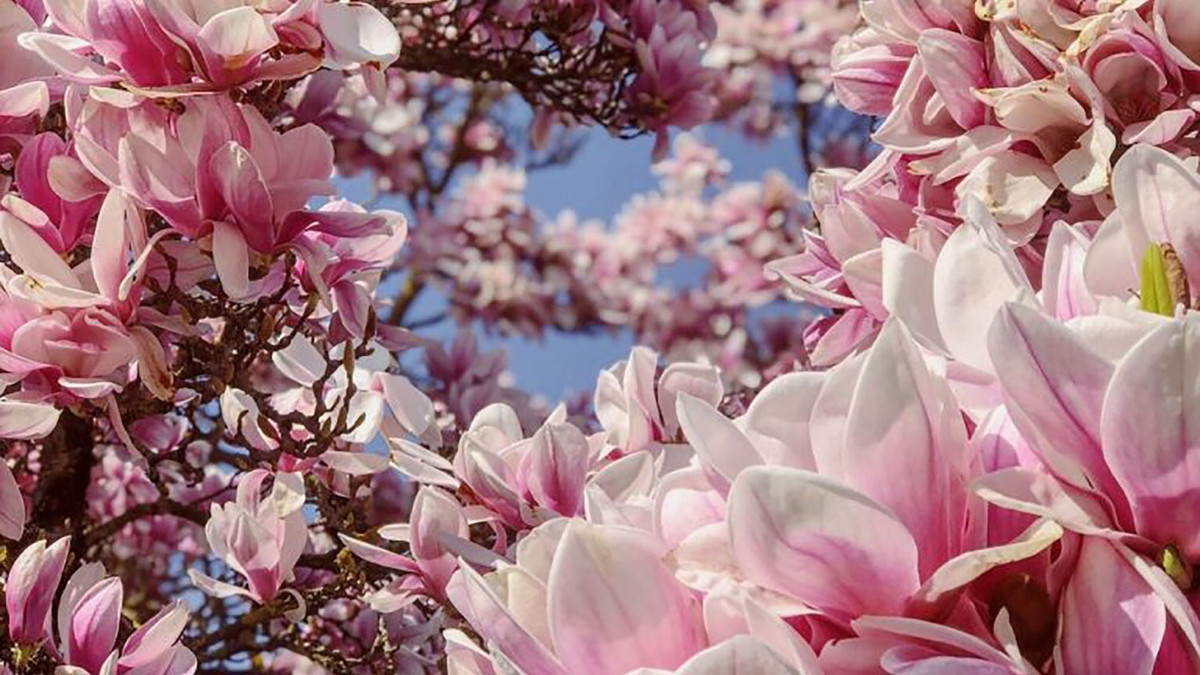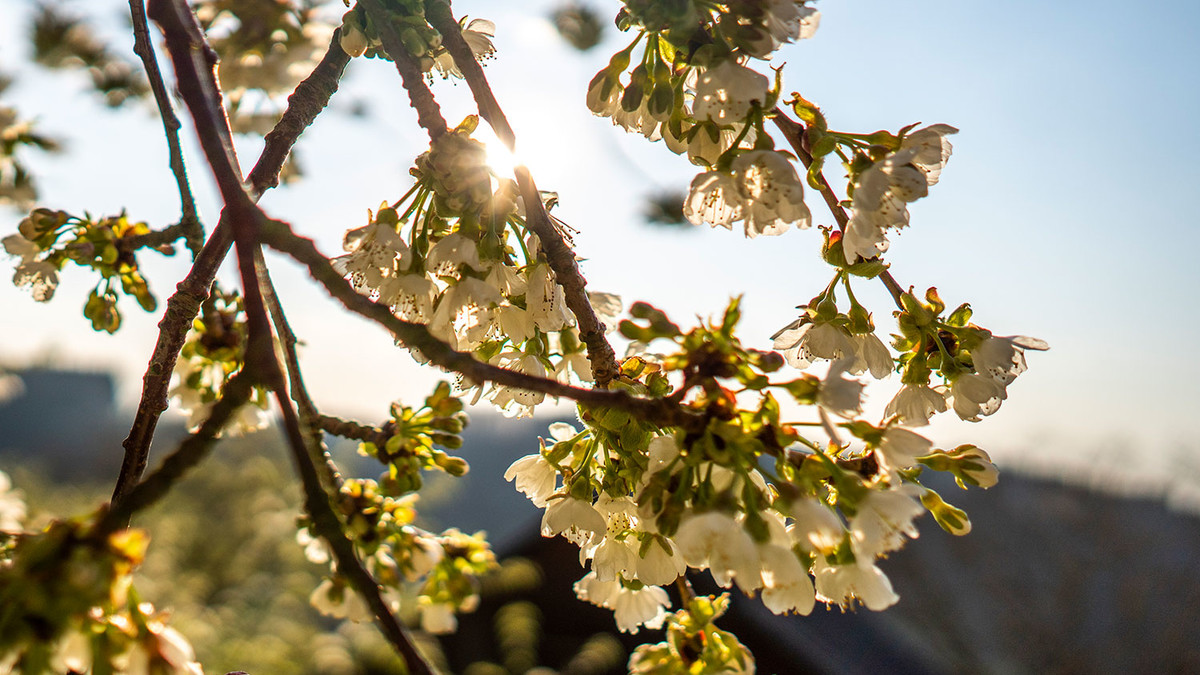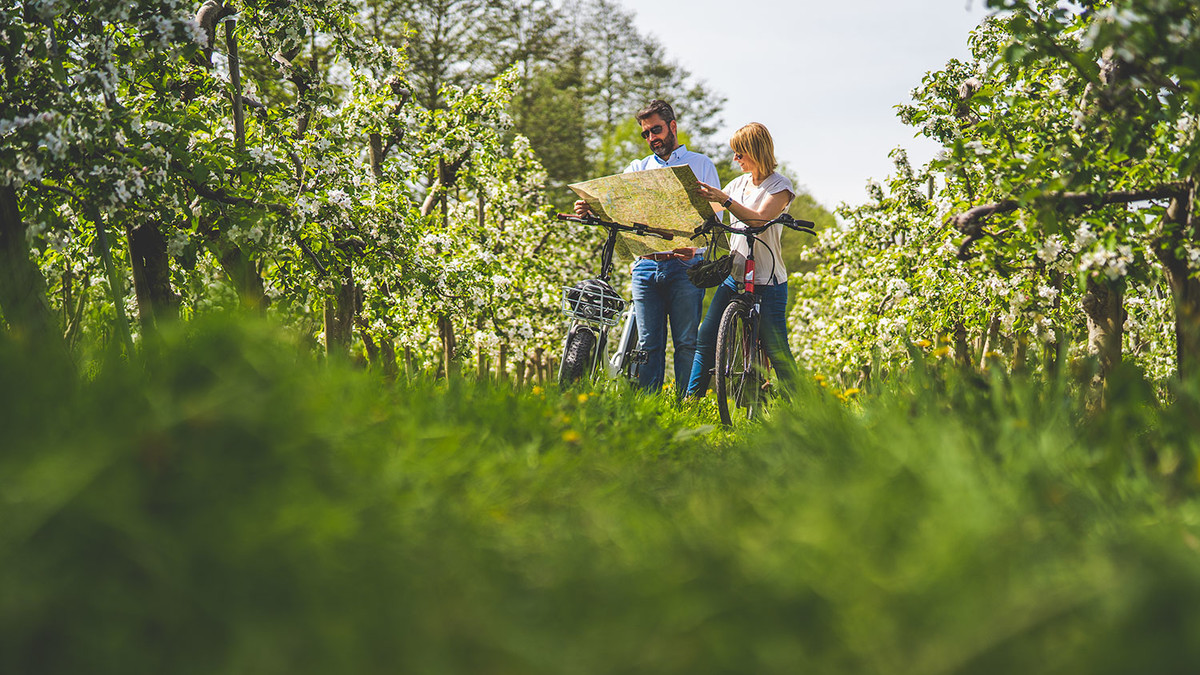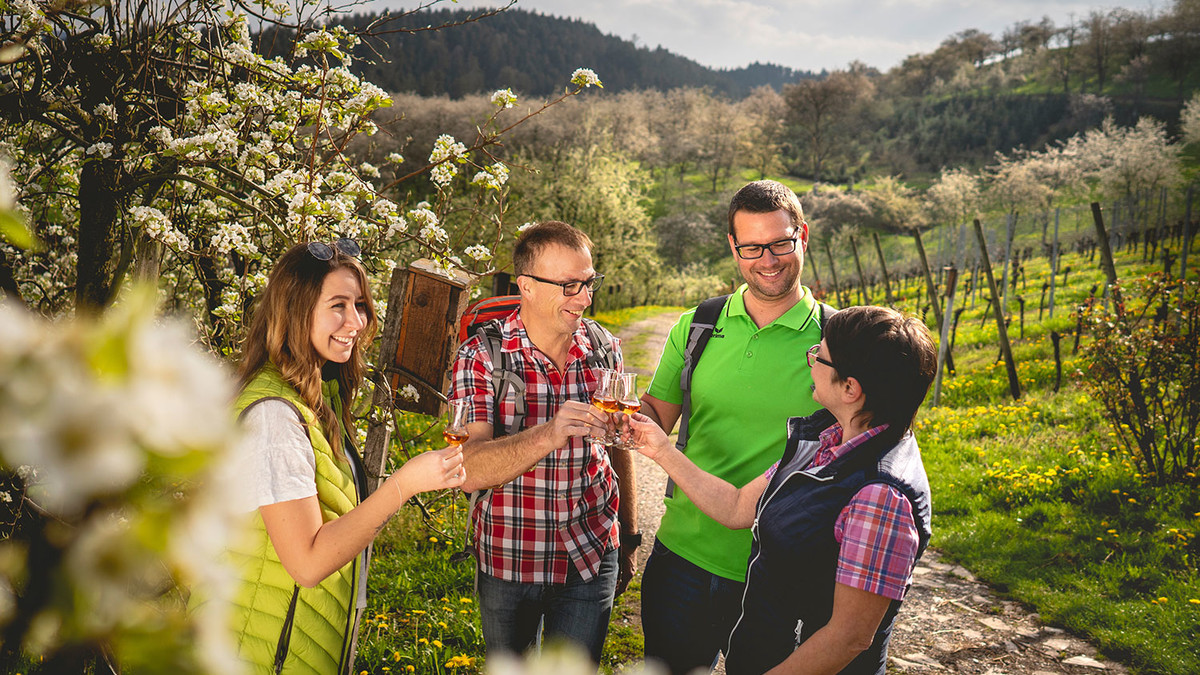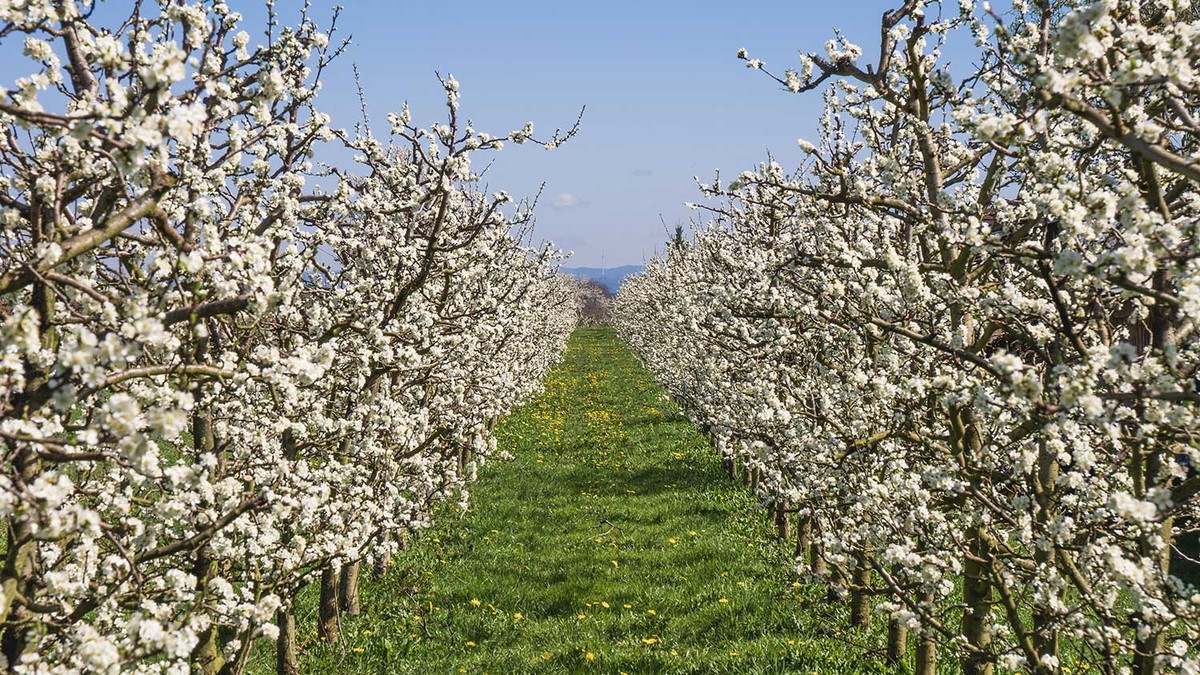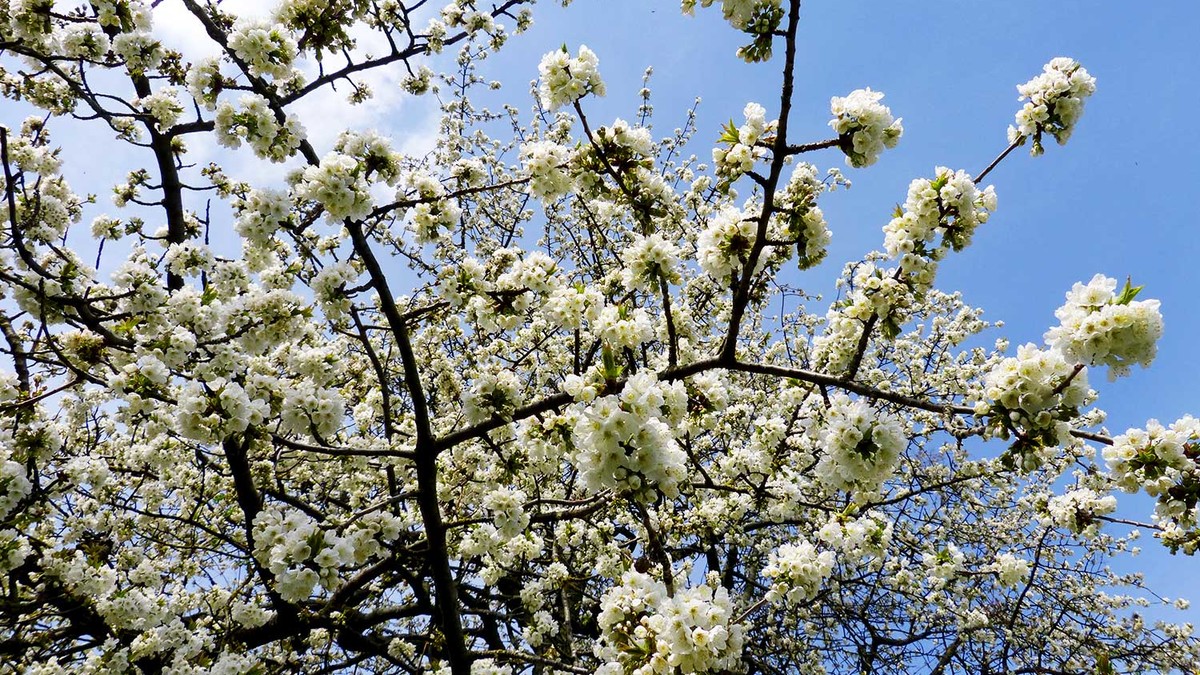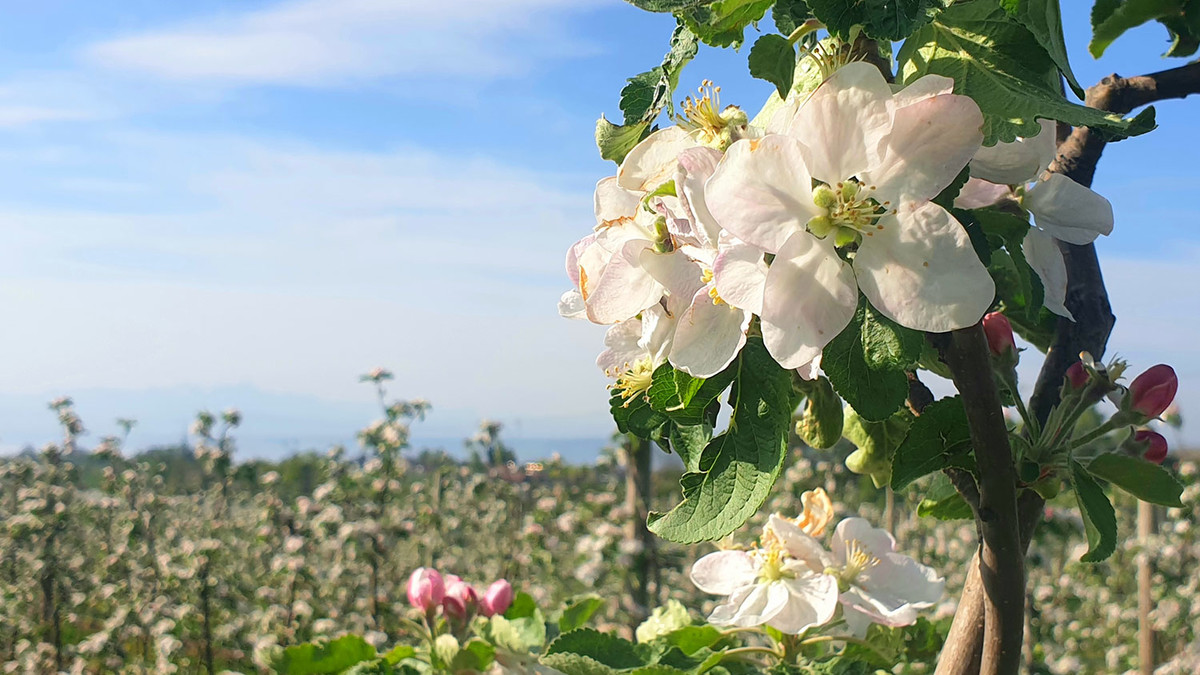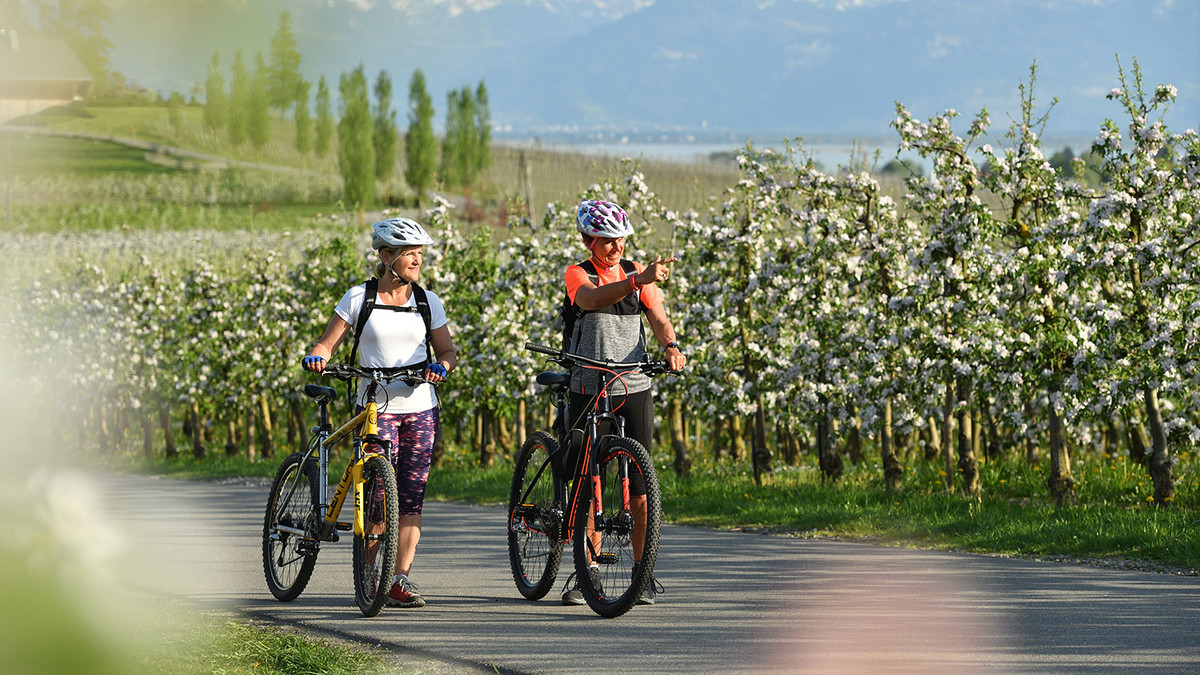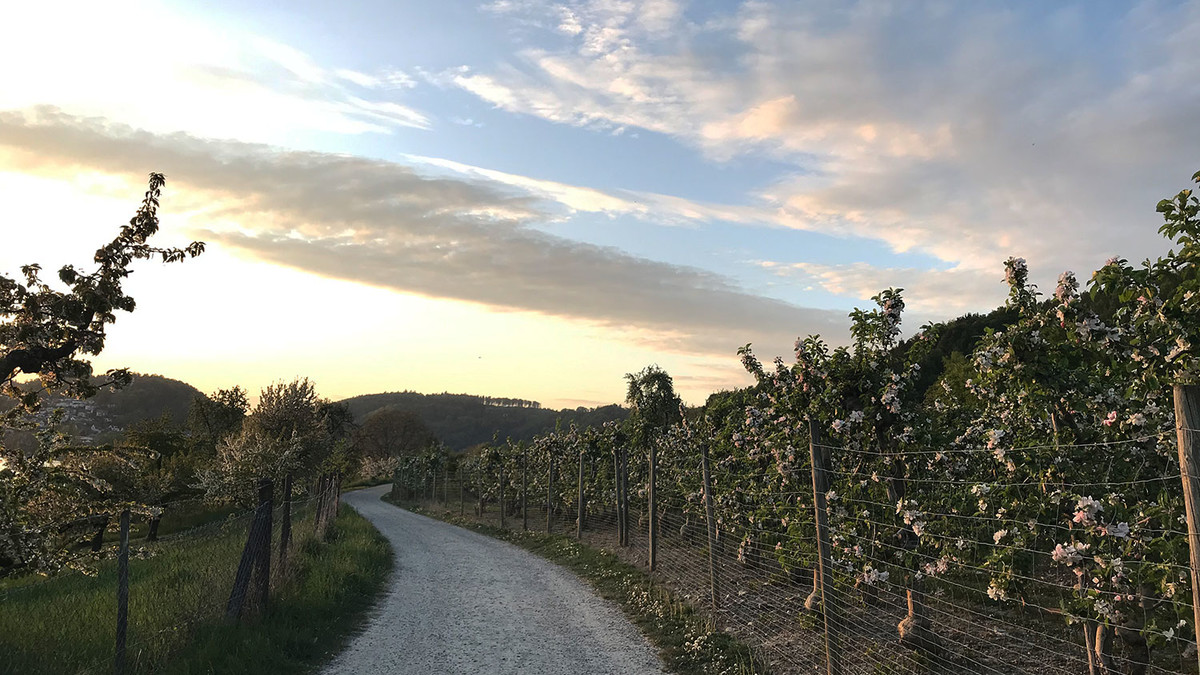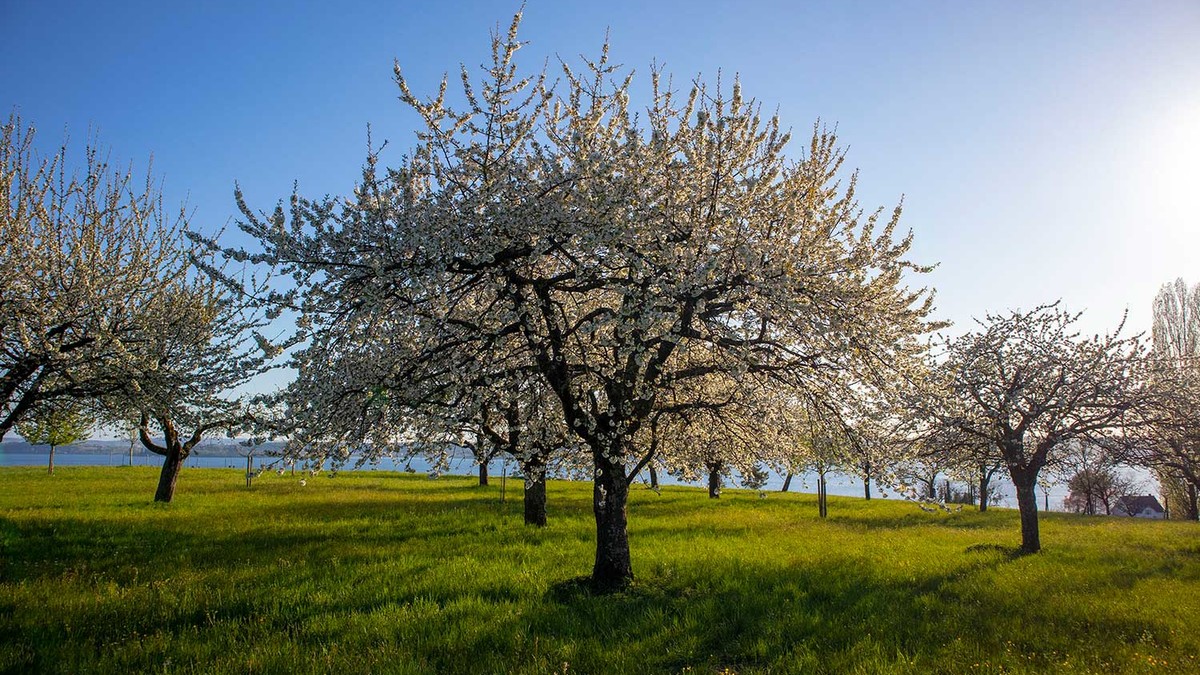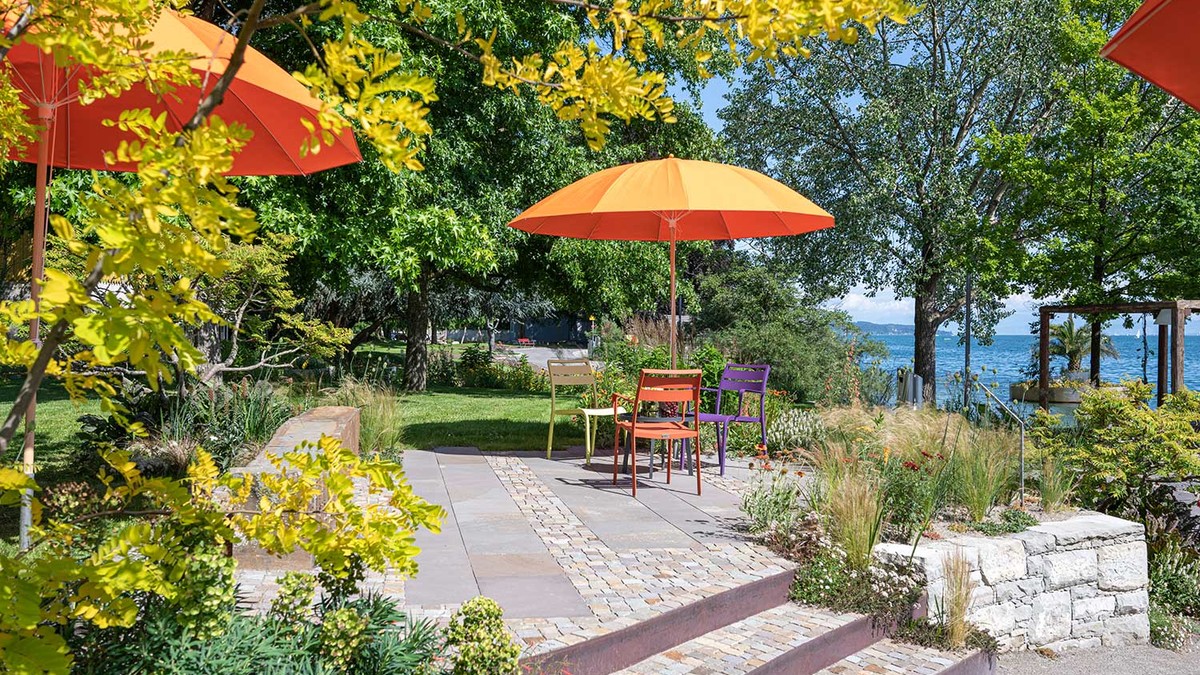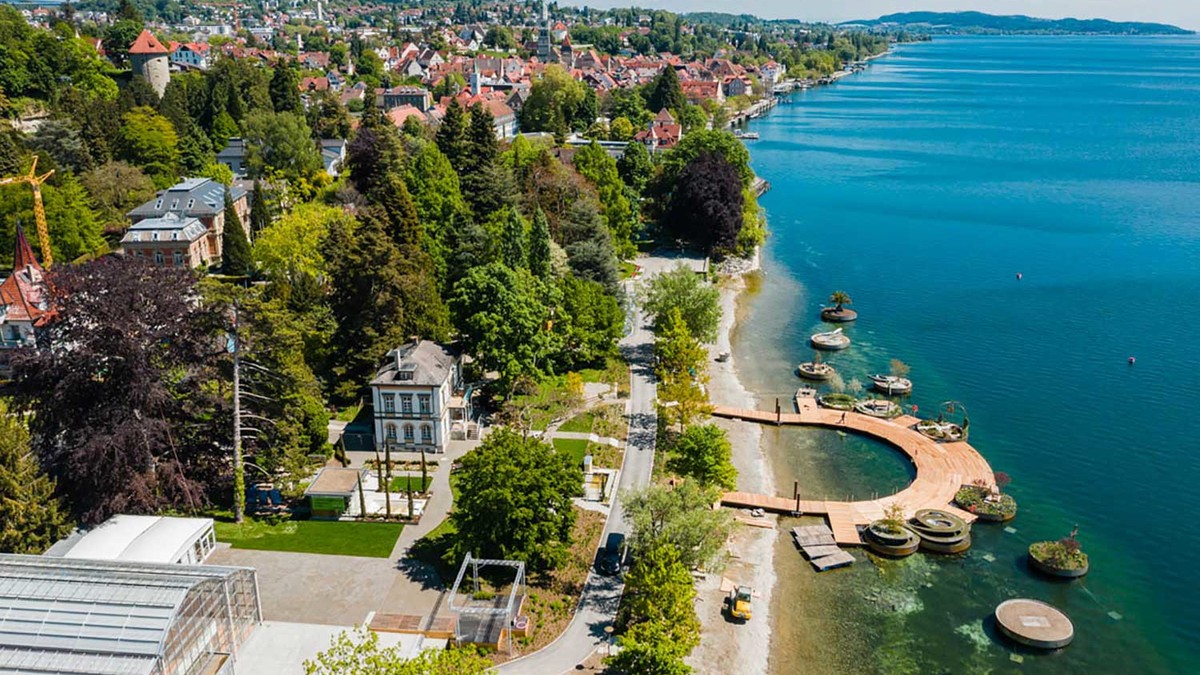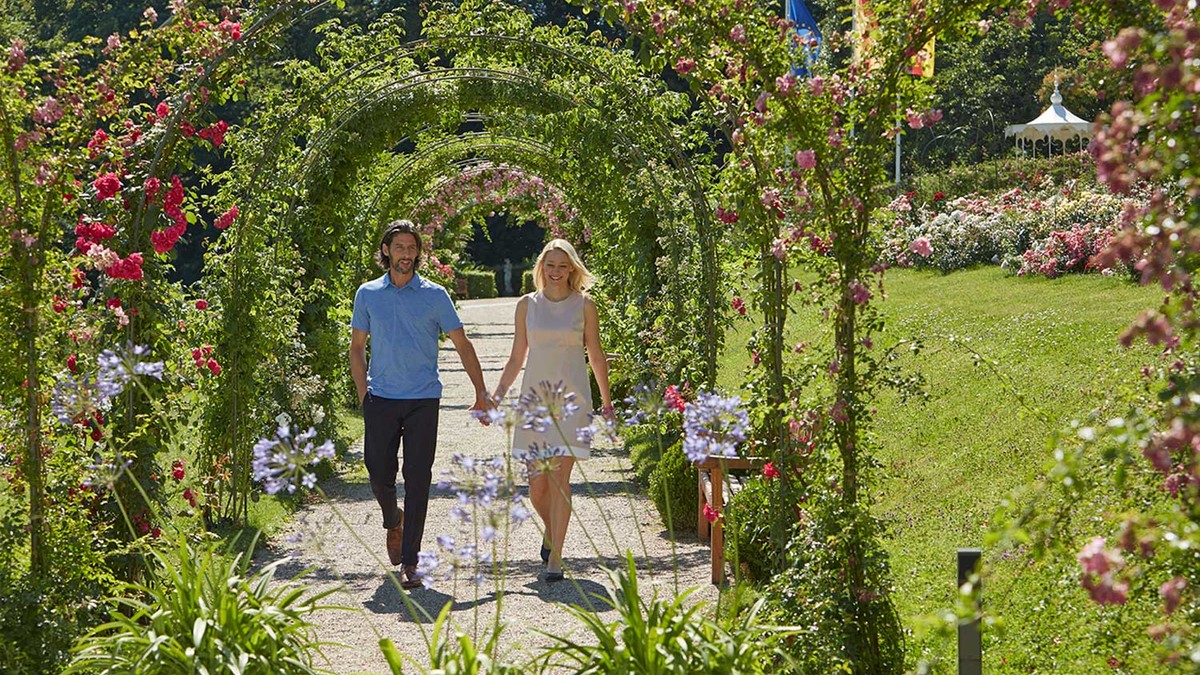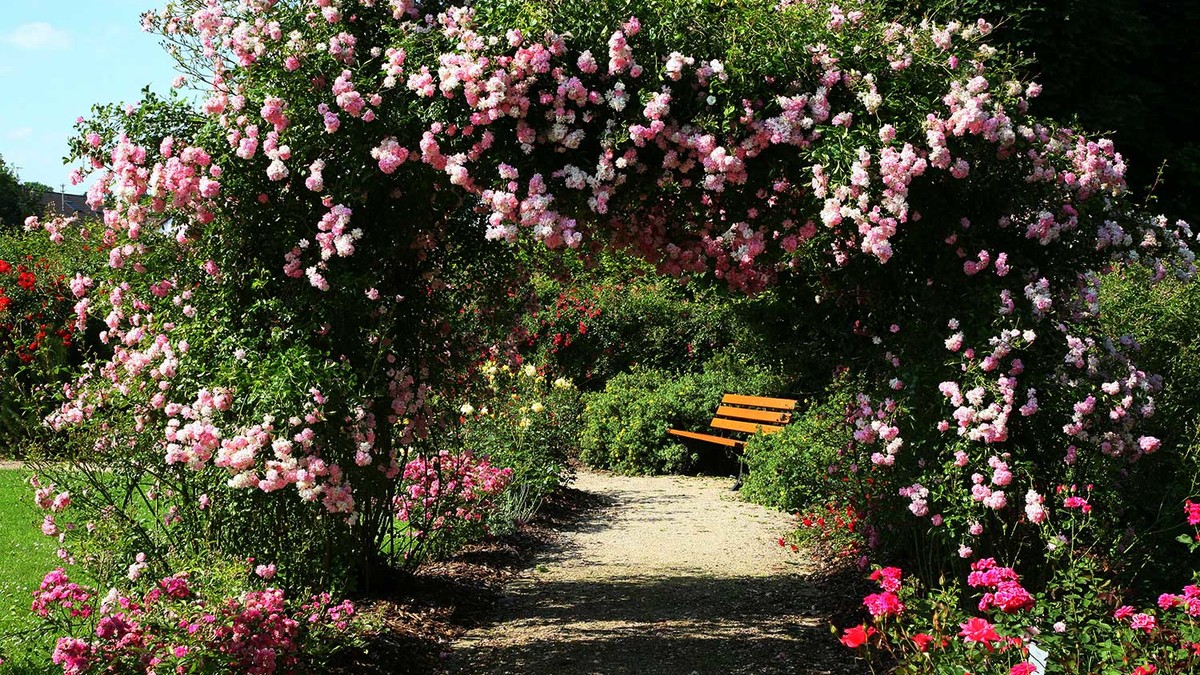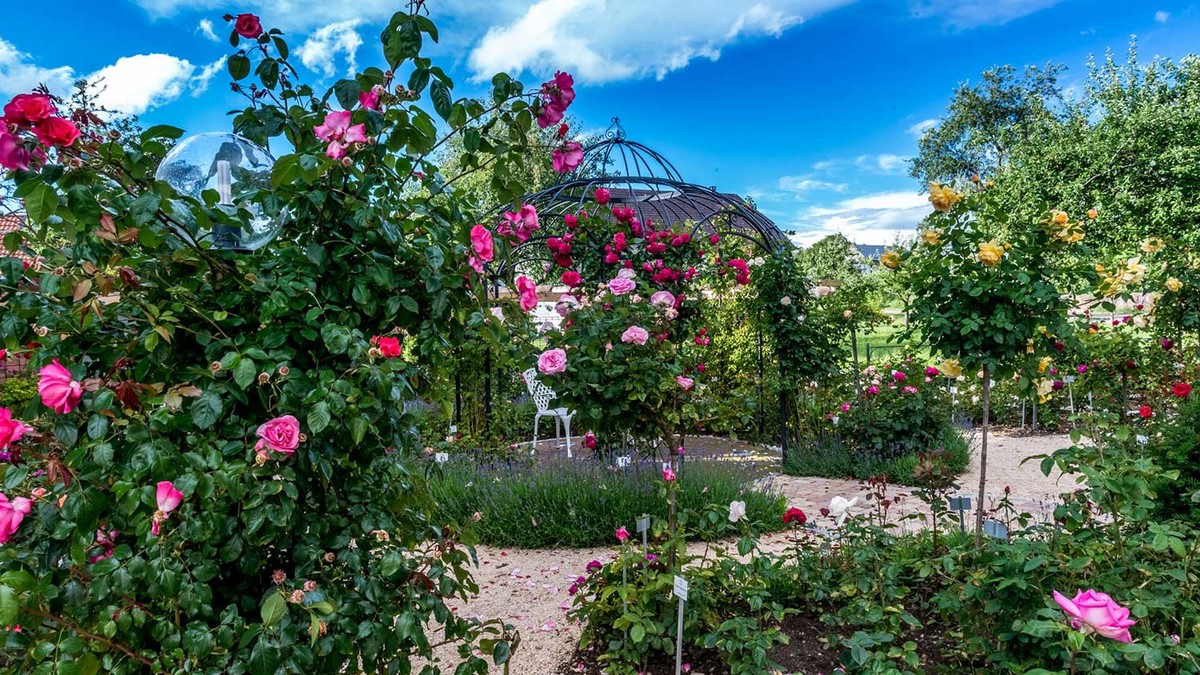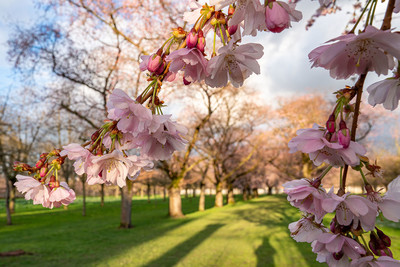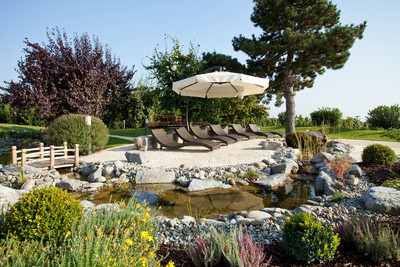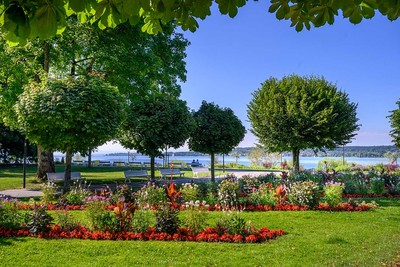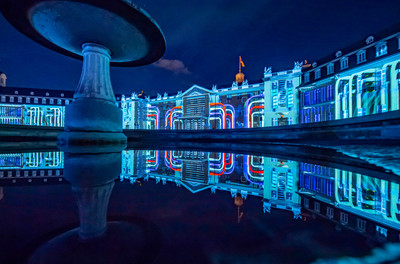Spring is in the air
Countdown to Blossom Time in Southwest Germany
© TMBW
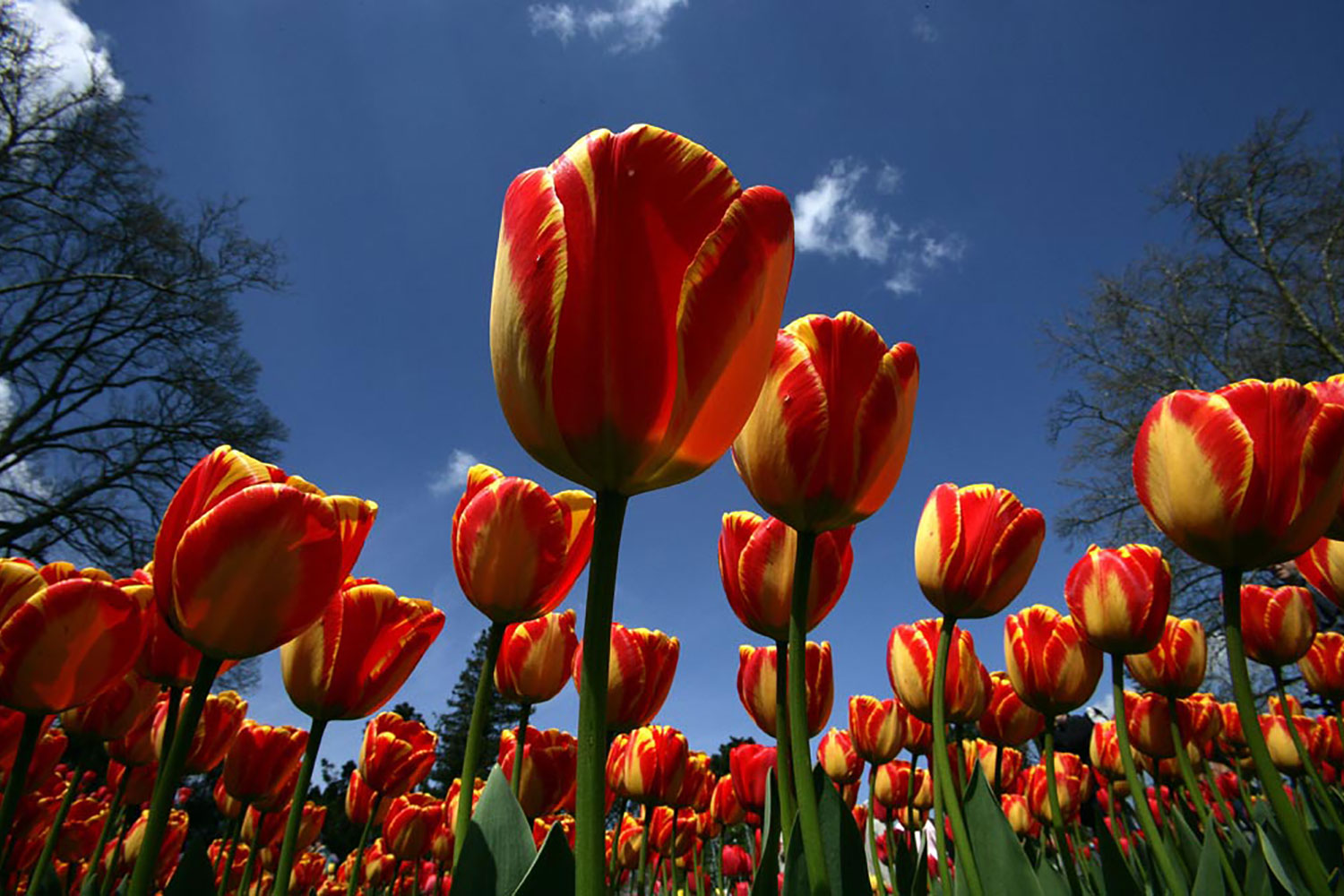

BW-Story – Hirsch und Greif
Goodbye Winter, Hello Spring!
Winter is on the wane! As temperatures rise and the days lengthen, blossom and flowers are a sure sign that spring is just around the corner. We all love the sight of millions of delicate petals, along with the first warm rays of sunshine. Spring is a very special season – a time of renewal for the whole of the natural world. With its huge variety of trees and shrubs, flowers and mild climate, SouthWest Germany is especially pretty at this time of year.
Take Mainau Island on Lake Constance. With a near-Mediterranean microclimate, the island is known for flowers. In spring, it is, quite simply, spectacular. Add in views of the Alps across the water, paths for strolling and cafés for meals or coffee and cake, and this is a perfect spot to enjoy nature and recharge the batteries.
But, SouthWest Germany, the German federal state of Baden-Württemberg, offers even more special places to visit. Each is like a unique bouquet of spring flowers. Here are some of our favourites. Please note: Since Mother Nature follows her own schedule, the arrival of the blossom varies from year to year.
Mid/late February
Almond Blossom in the Kaiserstuhl Hills
In the southern Black Forest, Freiburg is the hub of Germany’s warmest region. Here, the flowering season echoes the Mediterranean. In what is nicknamed the Naturgarten Kaiserstuhl, the Kaiserstuhl Natural Garden, almond trees burst into flower as early as the middle of February. Imagine a swathe of white and delicate pink blossom! A great place to enjoy this glorious free spectacle is in and around the small communities of Ihringen, Achkarren and Oberrotweil, near Breisach.
Mid-March
The Magic of Cherry Blossom
The arrival of cherry blossom heralds the beginning of spring and in many parts of SouthWest Germany, special festivals mark the occasion. Just outside Heidelberg, the gardens of Schwetzingen Palace are always impressive, especially when the Japanese ornamental cherries create a cloud of pink. No wonder this 'orchard' in the Rhein-Neckar district attracts thousands of visitors every year.
The cherry blossom is also a highlight of the Eggenertal valley, 30 minutes southwest of Freiburg. Thousands of trees create a stunning sight. And enjoying it is easy: just follow the special circular trail, an easy 12-km / 8-mile route that is also suitable for off-road prams and mountain bikes. It really is a visual feast!
The UNESCO Swabian Alb Biosphere Reserve, whose richly diverse landscape is dotted with ancient castles, is located one hour south of Stuttgart. Spring brings blossom to the thousands of cherry trees and other orchard fruit in the Ermstal valley. You have to see it to believe it! Along the valley, information panels provide details about the long tradition of growing cherries in the valley.
Late March
Magnificent Magnolias at the Wilhelma Zoo and Botanical Gardens
Stuttgart boasts the largest magnolia grove in Europe north of the Alps. Find it in what is known as the Moorish Garden at the Wilhelma Zoo and Botanical Gardens. When the 70 or so trees are in full bloom, the garden is awash with colour, from pure white and soft pink to crimson. There are even a dozen magnolias that were planted in the 1840s, when King Wilhelm I of Württemberg opened this unique zoo and gardens. Check out the Wilhelma’s webcam to see when the gardens are at their peak.
Early April
Awesome Orchards Blossom
SouthWest Germany is like one big orchard, with every fruit you can think of from cherries, plums and apples to apricots and pears. So, April is a glorious time to enjoy Mother Nature in all her glory. Many cherry trees begin to bloom in mid-March. Plums, including damsons, soon follow. And throughout April, other fruits join the show. It all provides a wonderful backdrop for a hiking or cycling holiday. Just follow the well-marked trails and paths.
The western edge of the Black Forest is part of the Baden wine region. But as well as wine, it is also one of Germany’s largest fruit-growing areas. An hour north of Freiburg, the Renchtal valley is best known for stone fruits, such as the Bühler plum, the 'blue queen' of the Black Forest. It’s also home of the cherries used to make 'Mon Chéri' cherry liqueur chocolates! The Oberkircher Brennersteig (Distillers’ Path) is a popular hiking trail that winds along forest paths, through meadows and past orchards and vineyards. Along the way there are craft distilleries, where you can stop and taste traditional fruit brandies.
Special to Swabia are the Streuobstwiesen, the wild “orchard meadows” of the Albtrauf, the escarpment of the Swabian Alb southeast of Stuttgart. In spring, fruit trees in bloom stand amidst a sea of wildflowers – a phenomenon often called the “Swabian Hanami”, like Japan’s famous cherry blossom festival. Besides looking at the blossoms, tasting fruit brandies is also part of the tradition.
The southern Black Forest is Germany’s warmest region. Here, the apple tree blossom marks the end of the fruit blossom in spring. For two or three weeks in late April and early May, they create a vast white cloak that wraps around hills, such as the Tuniberg and the Kaiserstuhl.
April and May
Apple Blossom Time at Lake Constance
Lake Constance is famous for its Mediterranean-like microclimate. And the mild weather of springtime is perfect for exploring one of Europe's largest fruit-growing regions. The best way to enjoy the blossom, as well as magnificent views of the water and mountains, is by hiking or biking on the scenic trails around Lake Constance.
In spring, blossom is everywhere across the Lake Constance region. It usually starts in early to mid-April, with cherries, followed by plums, apricots and, in a crescendo of colour, pears and apples.
One of the best paths to follow is the 8-km / 5-mile Panorama-Blütenweg, the Panorama Blossom Path, which offers breathtaking views across Lake Constance. Running along the hillside between Sipplingen and Ludwigshafen, this circular trail is lined with orchards and wildflower-strewn meadows.
Back in 2021, the prestigious State Garden Show was hosted by Überlingen at Lake Constance. The town has continued the celebration of gardening and greenery by linking gardens and green spaces. So, if you are visiting Lake Constance, walk along the lakeside promenade to see the marvellous “greening” that is going on – as well as the wonderful views over the lake.
From mid-May
Magnificent Rose Blossom
For poets and painters, the rose has always been the most inspirational flower. Today, the “Queen of Flowers” still represents beauty and grace, with a perfume that is unmistakable. Maybe that's why so many of us love to stroll in rose gardens: they promise us a feast for the senses.
In the Kraichgau region, the late rose breeder Karl Hetzel developed some 60 different varieties, from miniature to shrub and climbing. His sunny Oberderdingen rose garden attracts rose aficionados, who admire some 800 rose bushes and enjoy their heady scent. One hour northwest of Stuttgart.
In Baden-Baden, a visit to the Rosenneuheitengarten, the 'new rose garden', which boasts the 'Garden of excellence' award from the World Federation of Rose Societies, is worth a visit. Every year, an international jury of rose experts selects the best new roses and awards the winner the title of the 'Goldene Rose' of Baden-Baden. This is Germany's highest honour for roses. As you stroll through the rose garden, lush blossoms envelop you with their fragrances. Winding paths and hidden arbours have a decelerating effect.
The sunny and traffic-free village of Nöggenschwiel is the only rose village in the Black Forest and the highest rose village in Germany. It is an extravaganza with more than 20,000 rose bushes. Next to the church, a special fragrance garden displays some 450 scented rose bushes (an incredible 140 varieties). Some roses have a history that can be traced back to the 15th century. Nöggenschwiel is truly unique: don’t miss it! 90 minutes southeast of Freiburg.
In the Tauber Valley, Weikersheim Palace has long been a destination for visitors. But a special spot is the romantic rose garden, created in 1863 by Matthäus Lebl, the court gardener. As you stroll along winding paths and lawns planted with flowering shrubs and glorious roses, you can see how his original plans are being lovingly recreated. Two hours northeast of Stuttgart.

